One of the biggest drawbacks to renewable energies like wind and solar, is that it is unpredictable. This presents a challenge to grid operators, as they struggle to meet demand while compensating for calm winds or clouds. One method of balancing supply and demand that is garnering some attention lately, is pumped storage hydroelectric power stations.
The concept is quite simple, and facilities like this already exist in many countries around the world. It is a matter of taking unneeded renewable power at off-peak times to pump water to a location where it is ready to be released and generate hydroelectric power. There are close to a dozen facilities like this in the US alone, none in Canada unfortunately.
Belgium has recently announced plans to build an offshore hydroelectric power storage reservoir, but rather than pump water into it, water will be pumped out. An artificial horseshoe shaped island will be built, with a lake in the middle. Excess energy from wind turbines will be used to pump water out, then at peak hours, seawater will be allowed to flow back in through hydroelectric turbines.
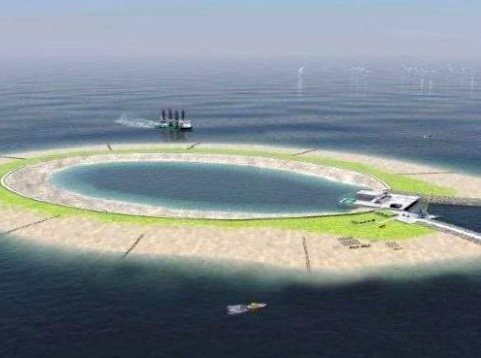
By storing excess power, the system will increase its effectiveness in two ways - by making use of energy that is often dumped from wind farms at off-peak hours, and to be able to ramp up the supply instantly with stored green energy.
”We have a lot of energy from the windmills and sometimes it just gets lost because there isn't enough demand for the electricity", said a spokeswoman for Belgium's North Sea minister Johan Vande Lanotte to Reuters.
The project is expected to take between 5 and 7 years to complete, though cost estimates have not been released. Excess power will be able to be sold off to other nations such as the UK, which will be able to connect directly to it under the sea.
At present over half of Belgium's power supply comes from nuclear energy, which they hope to have weaned themselves from completely by the year 2025. This project will help them realize that goal.
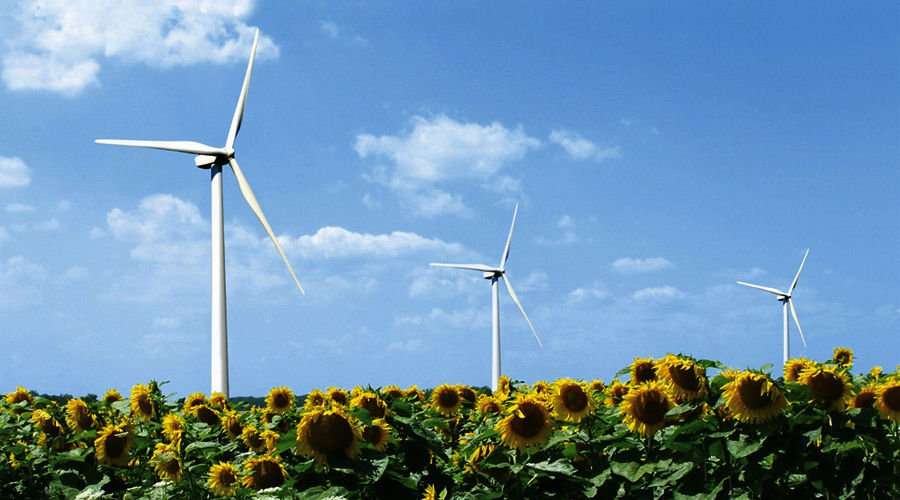

















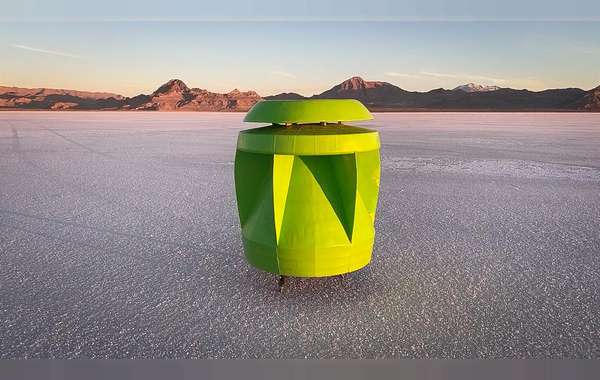
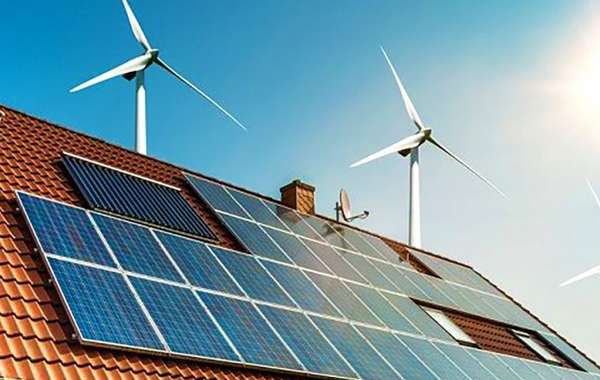
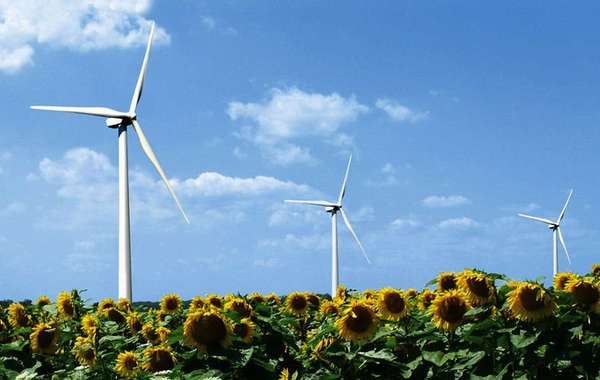
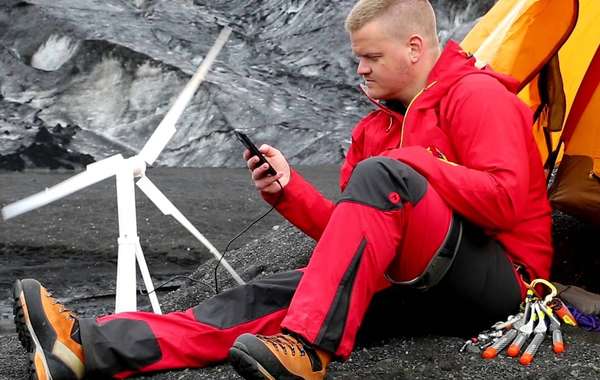
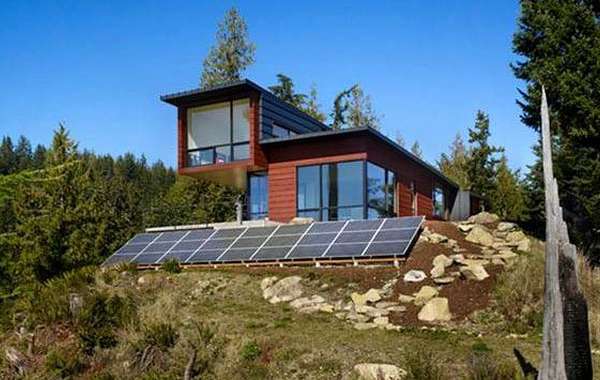
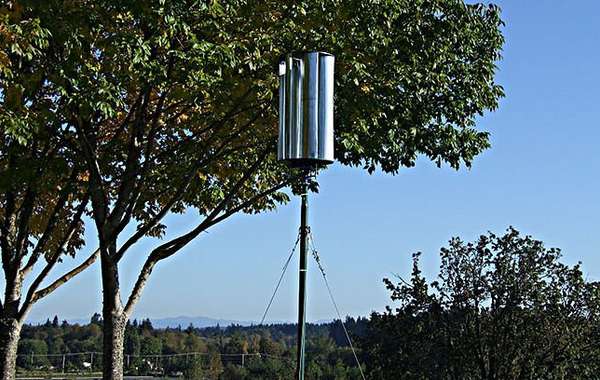
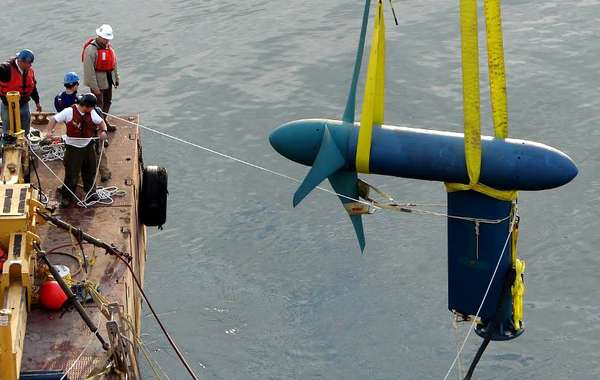
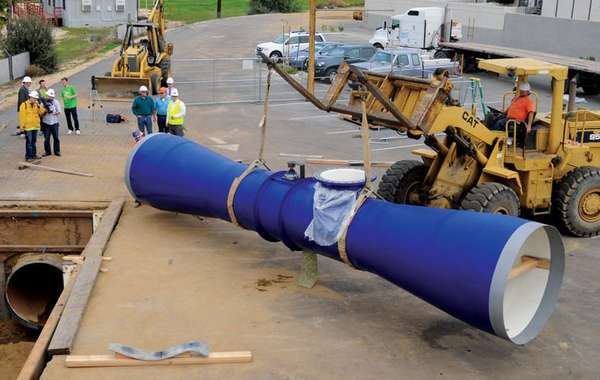

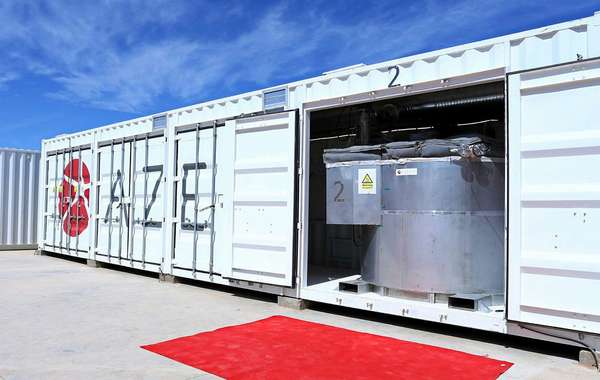
Comments (0)
Sign Up to Comment